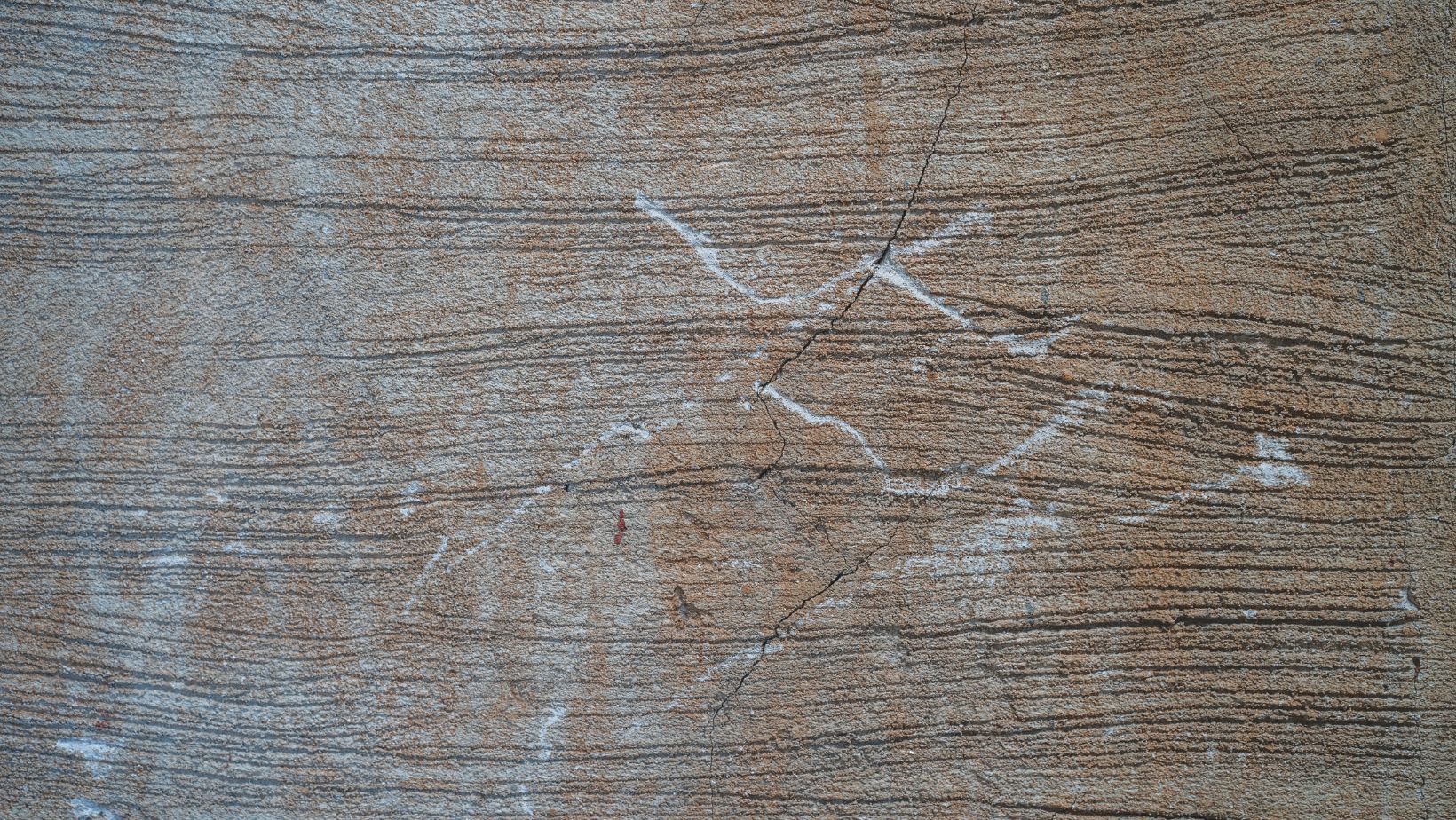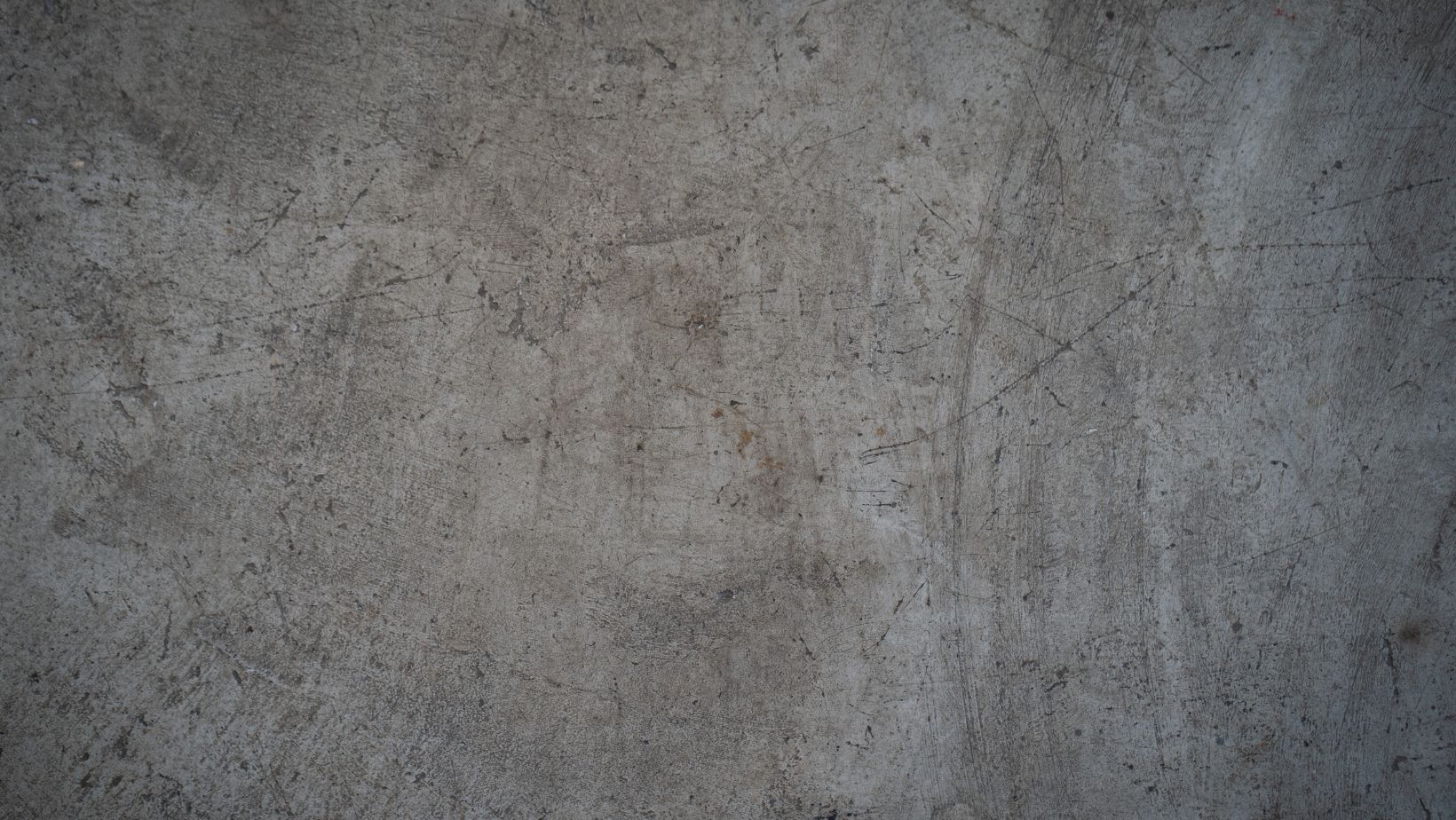Polished plaster is one of the most opulent finishes used on walls for thousands of years, from houses to commercial spaces. The advanced technique involves applying layer after layer of plaster, which then becomes polished towards becoming a glass-like finish, somewhat to a marble effect. Indeed, any interior can become elegant yet timeless with polished plaster, whether a house or new design. In this article, we’ll explore what polished plaster are, its benefits, the types available, and how it’s applied.
What is Polished Plaster?
Polished plaster is one technique applied in finishing whereby several layers of plaster are overlaid to give it a shining, glossy surface. Unsimilar to paint and wallpaper, the finish contains natural elements, meaning most formulations are made with lime or gypsum plaster combined with other ingredients, such as marble dust or sand, to give the smooth, reflective finish. It can be stained to many different shades so homeowners and designers can produce individualized colors suited to their own styles.
This wall treatment is unique as it presents durability, aesthetic appeal, and ecologically friendly features. The polish gives it the appearance of polished stone or marble with an intently sophisticated and yet very natural look.
Advantages of Polished Plaster
Durability and Lifespan
Polished plaster is quite resistant and even indestructible. Unlike other paints or wallpapers, it does not peel away after some time. When it is applied, it becomes a permanent component of the wall of your house, thus a long-lasting investment in your home since it, with proper care, can last for up to decades.
Eco-Friendly
Polished plaster, being made of natural elements, like lime, offers an ecological alternative to synthetic wall coverings. Being biodegradable, it absorbs and releases small amounts of moisture that enhance good internal humidity balance.
Low Maintenance
Being a very low-maintenance treatment, as polished plaster generally does not require touch-ups or repainting or repapering, this makes the life of the designer easy.

It can be easily cleaned and resists mold, mildew, and staining; hence it is ideal for kitchens and bathrooms.
Beauty and Look
Its glossy, mirror-like finish will also have an elegant and luxurious atmosphere within almost any space. Polished plaster adds depth and texture to the wall-catch lighting and increasing the light ambiance within the room. The finish can be customized with various tones of color-the subtle neutrality to strong statement colors.
Versatility
It can be applied on walls, ceilings, and even floors; polished plaster is very versatile and can also be applied on curved surfaces and intricate designs. Again, there is no limitation on its use whether it is modern or traditional.
Types of Polished Plaster
Venetian Plaster
The most popular and widely known polished plaster is Venetian Plaster. It is made from lime, marble dust, with pigment combined to give a smooth glossy finish. Venetian plaster is capable of giving a variety of looks, a soft sheen and subtle sheen up to higher gloss.
Marmorino
There’s also another honed plaster that is known as Marmorino, which gives a more textured and matte finish. As its texture is rougher than Venetian plaster, it seems natural as well as stone-like, because it’s putted with a trowel.
Lime Plaster
Lime plaster is a very traditional finish, giving a smooth, smooth finish with a soft sheen. Lime plaster is very breathable, which makes it the best choice for older buildings or areas where moisture regulation needs to be prime. Lime plaster can also be colored for obtaining many different colors.
Stucco
A third application of plaster is stucco, which can be polished to make the surface reflective. Though less sleek than Venetian plaster, stucco has a unique charm when polished with a modern twist.
How Is Polished Plaster Applied?
Polished plaster is often completed in an application process that involves many steps. It does require some skill and experience. Here is a basic breakdown of how most polished plaster is applied:
Preparation:
First, prepare the face of the wall by filling cracks and other minor defects. Sometimes, bonding agent is added to ensure effective adhesion of the plaster.
Base Coat
Apply the first coat made of plaster to the wall. This will form a base for the succeeding layers. It will also serve as an even layer to be polished on.
Finishing Layers:
These layers of plaster are then applied, and each one smoothed and polished. Layers build up in such a way that the last coat is more refined to give a shine.
Polishing:
The last activity is polishing the plaster to give a brilliant marble-like sheen.

This can be done using a steel trowel or other special polishing tools.
Curing:
After application, the plaster requires time to cure. This process ensures that the plaster hardens and becomes more durable over time.
Polished plaster is a great, long-term option for homeowners and designers who want to make their interiors more beautiful. With its eco-friendly features, low maintenance, and luxurious finish, it’s not surprising that polished plaster has been one of the top choices for many years. The elegance of Venetian plaster or the earthy beauty of lime plaster may give that room an elegant, long-lasting look.
If you are thinking of using polished plaster in your home, then consult a professional for the best output and to select the right finish for your space,”.























